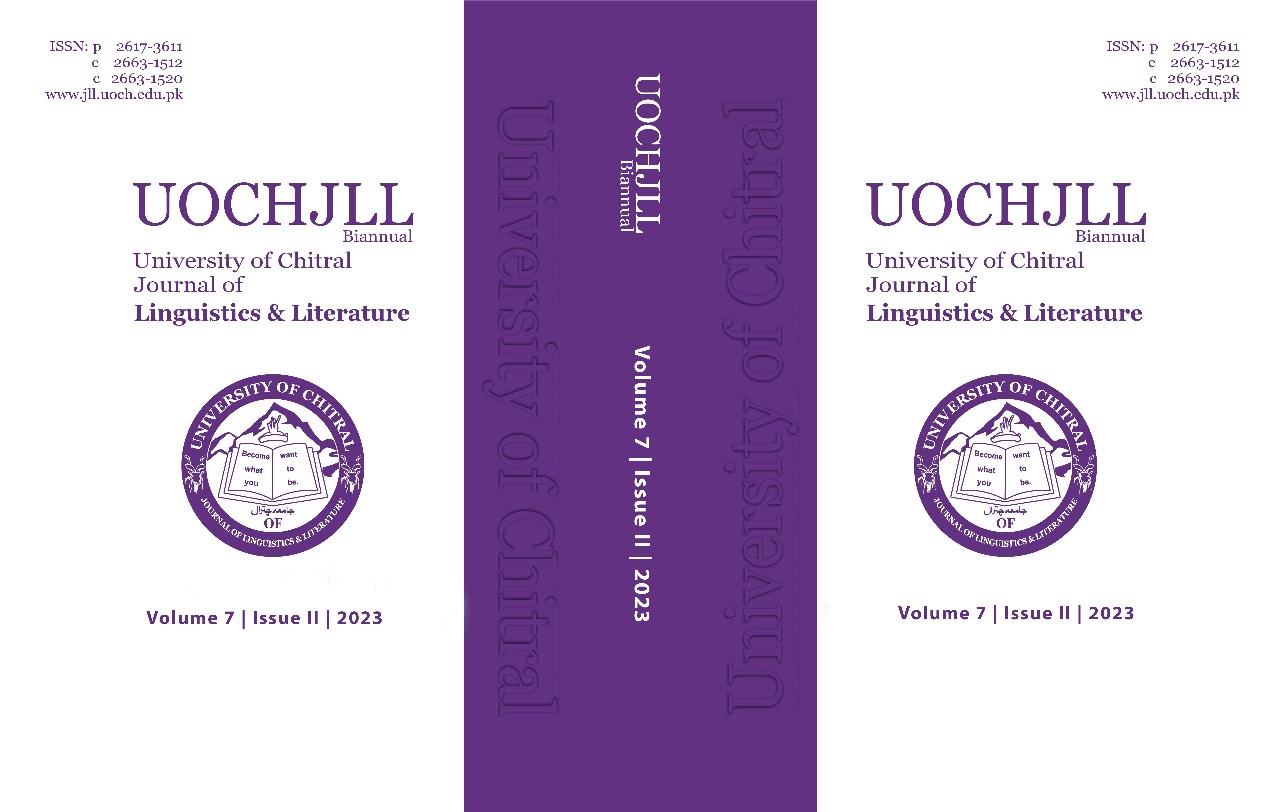Marginalization and Dehumanization: A Subaltern Study of Never Let Me Go
Keywords:
Marginalization, Dehumanization, Can the Subaltern Speak, Novel, Never Let Me GoAbstract
This research paper examines marginalization and dehumanization and the impact of dehumanization and marginalization on the clones in Kazuo Ishiguro's novel Never Let Me Go. The manifestation of dehumanization and marginalization in Never Let Me Go is in the form of indoctrination, physical distance, linguistic features, assimilation, and objectification. The nature of this research is qualitative, where the researcher applied textual analysis and close reading techniques. Consequently, this research is guided by a feministic approach: "Can the Subaltern Speak?". By analyzing the experiences of the clones at Hailsham School this approach, the research paper offers insights into how literature can illuminate and critique broader social inequalities in human society. The current study shows that characters face dehumanization and marginalization throughout the novel. Thus, the findings show that the characters are dehumanized and marginalized systematically. The dehumanization and marginalization of characters in the novel have a negative and destructive impact on them and on society as a whole. The main objective of this research is to explore the marginalization and dehumanization portrayed in Never Let Me Go and investigate the impacts of marginalization and dehumanization on the clones. The study used a qualitative method while employing textual analysis of the novel Never Let Me Go.
References
Beauvoir, S. d. (1949). The Second Sex .
Gaurdain, T. (2010). CIA sex abuse and torture went beyond Senate report disclosures, detainee says. The Gaurdain. Retrieved from https://www.theguardian.com/us-news/2015/jun/02/cia-sexual-abuse-torture-majid-khan-guantanamo-bay
HANZLÍK, J. (2023). The Concept of Otherness in Novel Never Let Me Go .
Ishiguro, K. (2005). Never Let Me Go.
Spivak's, G. C. (1988). Can the Subaltern Speak?
Vichiensing, M. (2017). The Othering in Kazuo Ishiguro’s Never Let Me Go. Advances in Language and Literary Studies . Retrieved from https://www.researchgate.net/publication/319403855_The_Othering_in_Kazuo_Ishiguro's_Never_Let_Me_Go
Xiao, S. (2021). A Study on Never Let Me Go from the Perspective of Ethical Criticism. Qingdao University of Science and Technology, Qingdao, China.
Zhang, Y. (n.d.). Human Rights of Cloning in Never Let Me Go. International Journal of Research in Humanities and Social Studies(Volume 8, Issue 2, 2021).
Downloads
Published
Issue
Section
License

This work is licensed under a Creative Commons Attribution 4.0 International License.
You are free to:
- Share — copy and redistribute the material in any medium or format for any purpose, even commercially.
- Adapt — remix, transform, and build upon the material for any purpose, even commercially.
- The licensor cannot revoke these freedoms as long as you follow the license terms.





